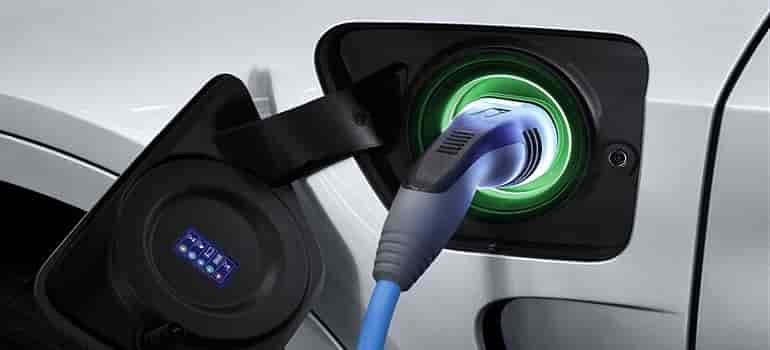
India could save on crude oil imports worth over INR 1 lakh crore (USD 14 billion) annually if electric vehicles (EVs) were to garner 30 per cent share of India’s new vehicle sales by 2030, according to an independent study released today by the Council on Energy, Environment and Water (CEEW).
The increase in electric vehicles penetration could also increase the combined market size of powertrain, battery and public chargers to over INR 2 lakh crore (USD 28 billion), in addition to creating 120,000 new jobs in this sector.
In addition, a substantial number of new jobs are likely to be created in emerging areas such as battery recycling, telematics, and allied construction and services.
The CEEW study, supported by the Shakti Sustainable Energy Foundation, also found that meeting the 30 per cent EV penetration target in 2030 could lead to several environmental benefits including a 17 per cent decrease each in primary particulate matter and nitrogen oxide and dioxide (NOx) emissions, 18 per cent reduction in carbon monoxide emissions, and a 4 per cent reduction in greenhouse gas emissions relative to the business as usual scenario (BAU).
Abhinav Soman, one of the authors of the study and a researcher at CEEW, said, “As India recovers from the pandemic, a focus on developing India’s domestic EV manufacturing sector and increasing the penetration of electric vehicles in road transport would help deliver on jobs, growth and sustainability. This would require creating a robust and comprehensive transition plan for electric mobility that capitalises on the opportunities created in the form of improvement in balance of payments, new markets, and jobs generated. Further, we strongly recommend that the EV roadmap for India should target a significantly higher share of EV penetration as the 30 per cent target could be achieved just via the sales of electric two-wheelers and electric three-wheelers.”
As compared to the BAU, the CEEW study also highlights that 30 per cent EV penetration would include trade-offs such as an estimated 19 per cent fewer jobs in the oil sector and in the internal combustion engine (ICE) vehicle manufacturing sector combined.
Further, the combined annual value add loss in the oil and the automobile sector could amount to about INR 2 lakh crore (USD 25 billion). In addition, the central and state governments would lose over INR 1 lakh crore in tax revenue annually from reduced sales of petrol and diesel.
However, these impacts on the wider economy would be offset through newer avenues for value addition and employment within the EV ecosystem such as battery recycling, construction of gigafactories, installation and operation of EV charging infrastructure, and automotive telematics products and services.
Further, the central and state governments must reduce their dependence on revenues linked to petroleum consumption and diversify their revenue pool with increasing EV penetration.
Further, the CEEW study highlighted that to realise the full benefits of an EV transition, the rise in private vehicle ownership must be contained via policy interventions and behavioral nudges.
An increasing share of passenger travel demand should be met via public transport and non-motorised transport options such as walking and cycling. Such a focus would also have positive implications for air quality, road safety, congestion, and energy consumption.
The study ‘India’s Electric Vehicle Transition: Can Electric Mobility Support India’s Sustainable Economic Recovery Post COVID-19?’ can be accessed here.

